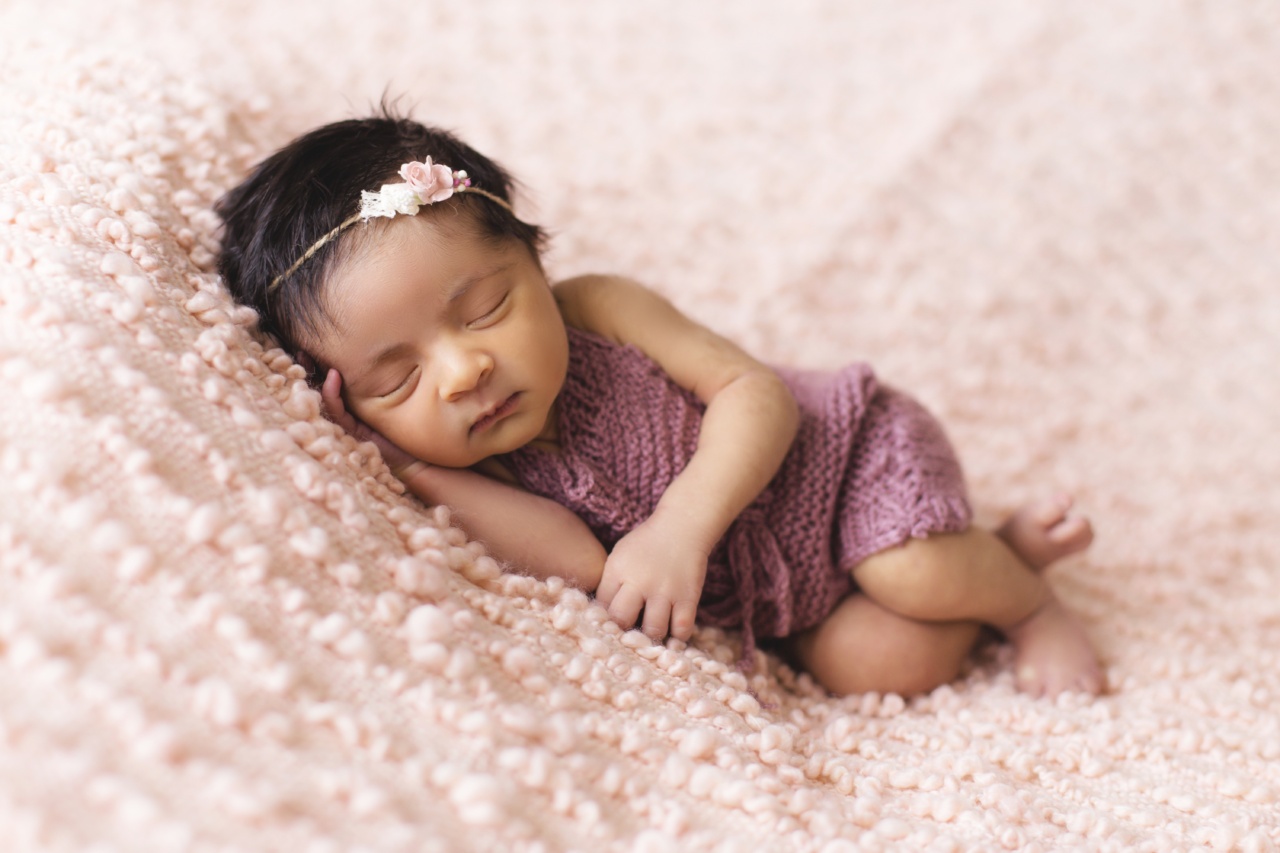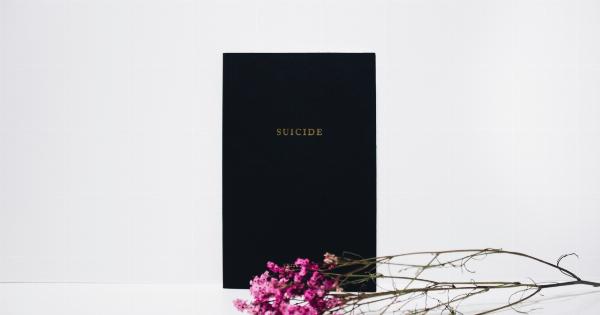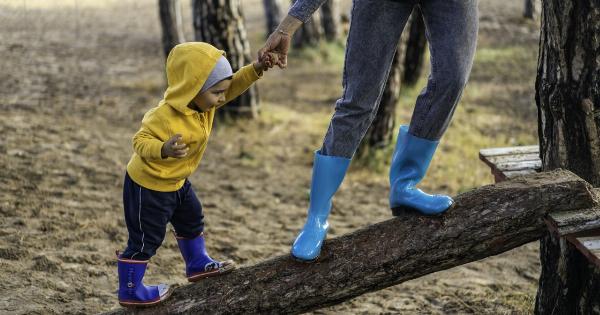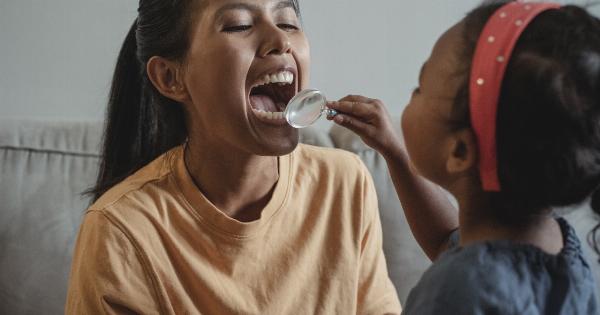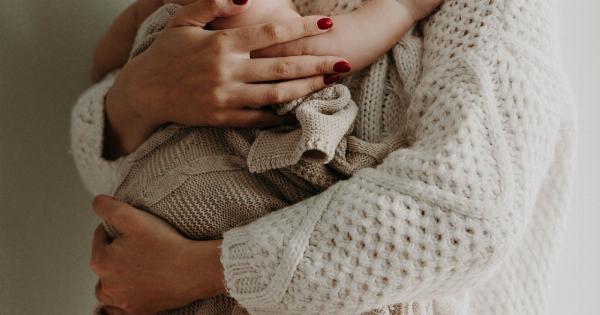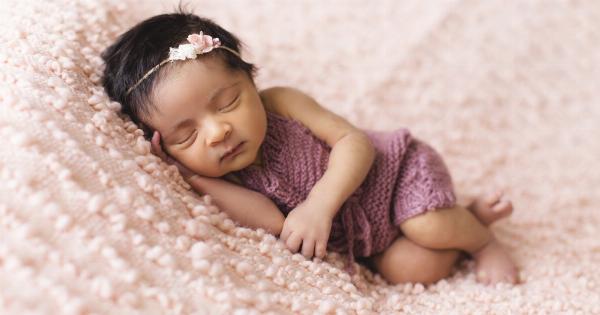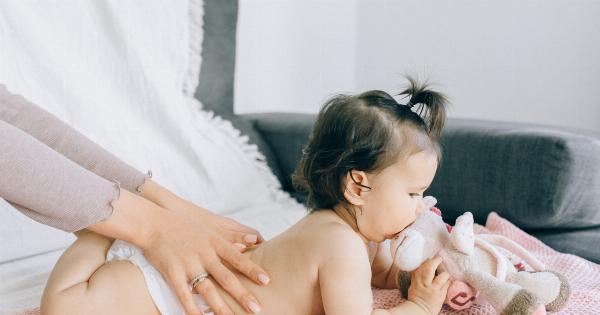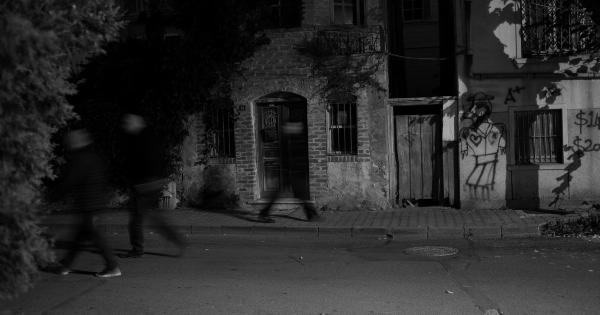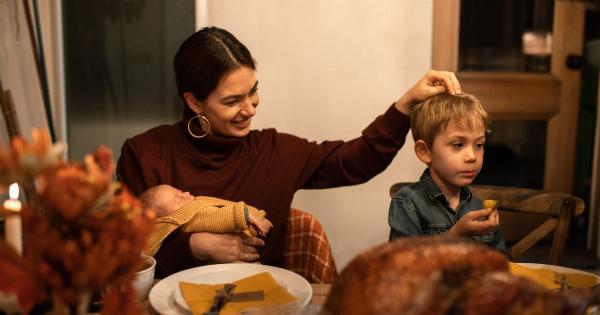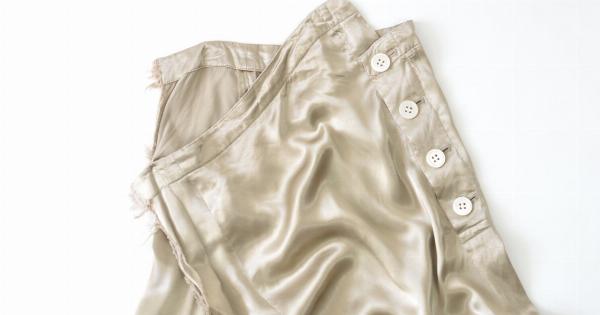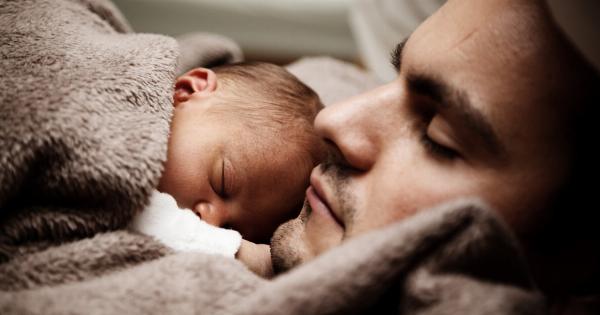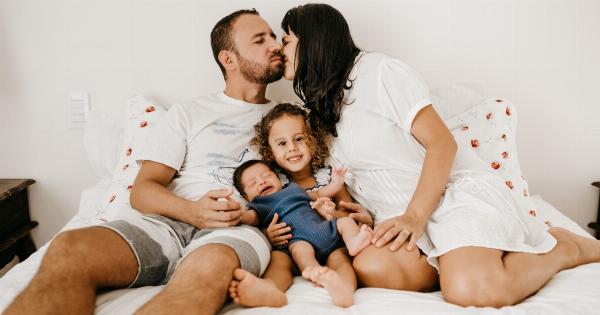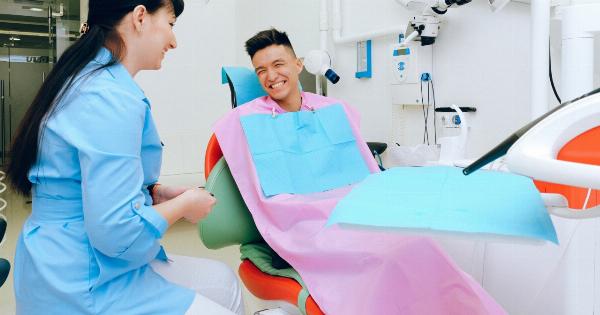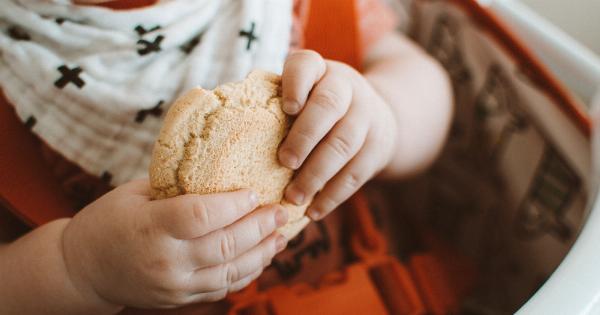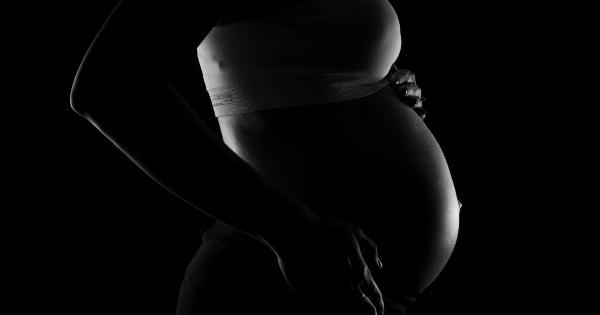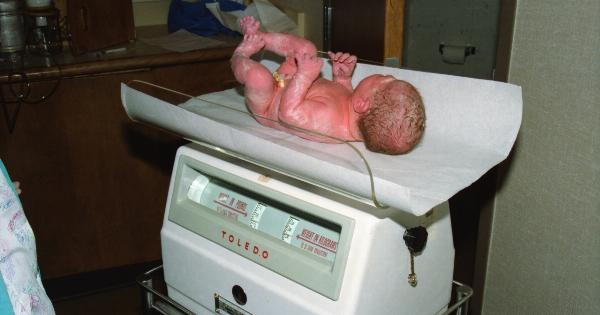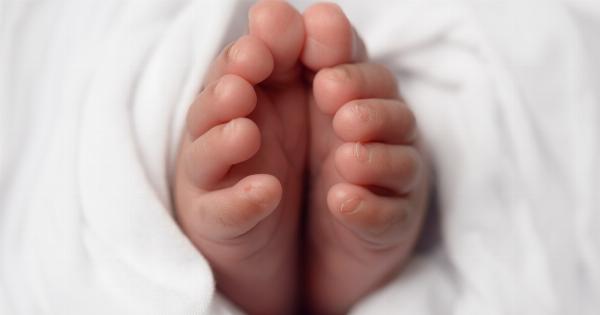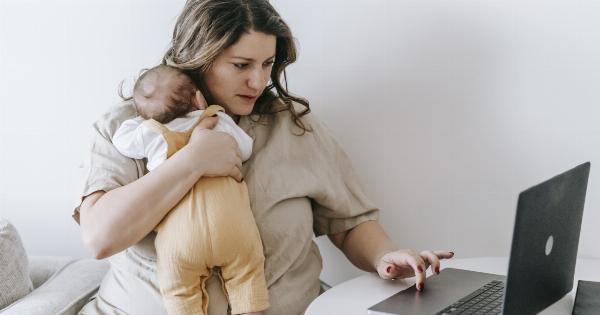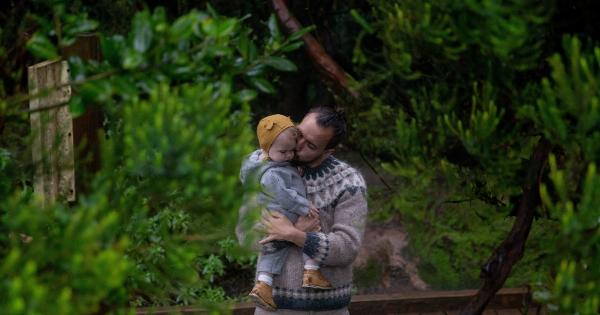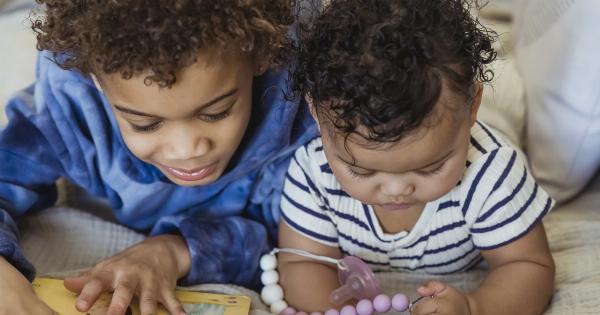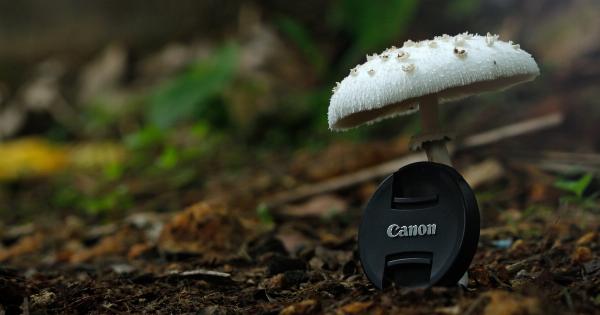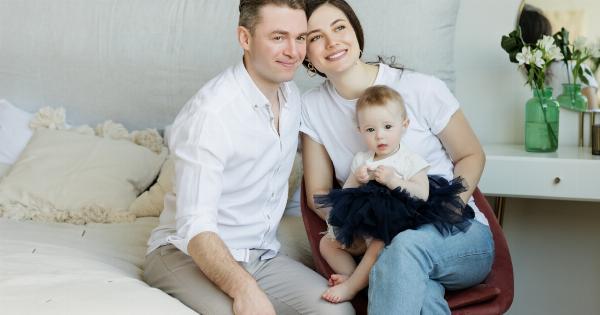Sleep is a vital part of a newborn’s life, and it is essential to ensure that your baby sleeps safely. In the first few months of life, babies spend most of their time sleeping, so it’s important to provide a safe sleeping environment.
Sleep is crucial for a baby’s growth and development, and it has a significant impact on their physical and mental well-being. Safe sleep practices can reduce the risk of Sudden Infant Death Syndrome (SIDS) and other sleep-related fatalities.
What is Sudden Infant Death Syndrome (SIDS)?
SIDS is a tragic and sudden death of a seemingly healthy baby, and it occurs unexpectedly in their sleep. It is the leading cause of death in infants between one-month-old and one-year-old in the United States.
Unfortunately, the cause of SIDS is still unknown, and it can happen to any baby. However, many studies have found that safe sleep practices can significantly reduce the risk of SIDS and other sleep-related deaths.
The ABCs of Safe Sleep
Safe sleep practices involve the ABCs of safe sleep: Alone, on the Back, and in a Crib.
This means babies should always sleep alone, on their backs, and in a crib or bassinet that meets the safety standards set by the Consumer Product Safety Commission (CPSC).
Alone
Babies should not sleep with anyone, including adults, siblings, or pets.
It’s essential to create a separate sleeping environment for your baby, such as a crib or bassinet, to reduce the risk of suffocation caused by blankets, pillows, or other objects. Cribs or bassinets should be free of toys, soft objects, and loose bedding.
On the Back
Babies should always sleep on their backs, whether it’s naptime or bedtime. Sleeping on the stomach or side increases the risk of SIDS.
The American Academy of Pediatrics (AAP) recommends that babies should sleep on their backs until they can roll over on their own. After that, you can let them choose their sleeping position.
In a Crib
Babies should sleep in a crib or bassinet that meets the safety standards set by the CPSC. The crib should have a firm and flat mattress that fits snugly, without any gaps between the bedding and the sides of the crib.
It’s important to regularly check the crib for any loose screws, splinters, or other safety hazards. The crib should be placed in a quiet and cool room, away from direct sunlight, drafts, and any potential hazards.
Other Safe Sleep Practices
In addition to the ABCs of safe sleep, there are other safe sleep practices that parents can follow to ensure their baby sleeps safely. These include:.
No Smoking
Mothers should not smoke during pregnancy, and parents should not smoke around their baby. Smoking increases the risk of SIDS and other respiratory problems, as well as ear infections and asthma.
No Overheating
Parents should avoid overheating their baby, as it can increase the risk of SIDS. Babies should be dressed in a single layer of clothing and placed in a room with a temperature of around 68 to 72 degrees Fahrenheit.
Overheating can occur due to too many layers of clothing or blankets.
Breastfeeding
Breastfeeding provides many benefits for both the mother and the baby. Breastfed babies have a reduced risk of SIDS, and they are less likely to develop respiratory infections, ear infections, and other illnesses.
Pacifier Use
Using a pacifier during sleep time reduces the risk of SIDS. However, if your baby refuses to take a pacifier or it falls out during sleep, it’s okay to let it be. Do not force your baby to take a pacifier if they do not want to.
Conclusion
Safe sleep practices are crucial for a baby’s health and well-being. It’s important to follow the ABCs of safe sleep, which include sleep alone, on the back, and in a crib or bassinet.
Parents should also avoid smoking, overheating their baby, and dress them in appropriate clothing. Breastfeeding and pacifier use are also beneficial for a baby’s sleep and overall health. By following these safe sleep practices, parents can reduce the risk of SIDS and other sleep-related deaths.
